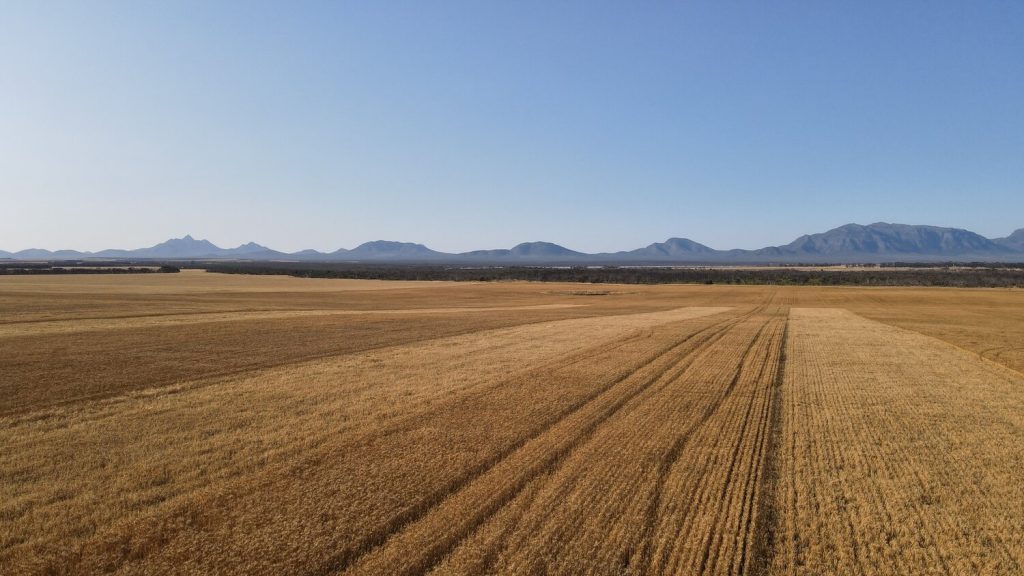
Stubble retention can be used to reduce emissions. This is where crop residue that was previously removed by baling or burning is now retained in the field.
What Can I Do?
Stubble retention is a sustainable agricultural practice where crop residues are left in the field, rather than being removed by baling or burning. This approach shields the soil from erosion caused by wind and water, preserves vital soil moisture, and shields the microbial life in the soil from excessive sunlight.
Retaining crop residues supports reduction in greenhouse gas emissions. When stubble is left on the field, it undergoes a natural decomposition process, which sequesters carbon in the soil, preventing it from being released into the atmosphere. By mitigating erosion and maintaining soil health, stubble retention not only aids in emission reduction but also contributes to improved agricultural sustainability.
Farmers can access various resources and to explore if stubble retention will be beneficial to their operations.